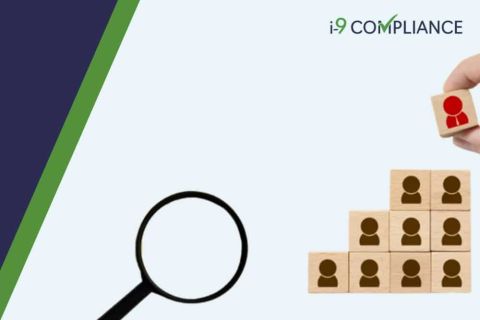USCIS Unlikely to Perform Second H-1B Lottery for FY2023

Recent United States Citizenship and Immigration Services (USCIS) actions indicate that the agency will not hold a second lottery. Instead, the agency has begun sending out electronic notices of H-1B cap non-selection. The agency only sends these notices out when they will not perform additional lotteries, hence the growing concern that a second lottery is not coming.
The concern comes despite no formal announcements about the second lottery’s status. However, based on previous years, it appears unlikely that more lotteries will occur for the fiscal year 2023. As a result, many registrants noticed updates to their statuses. The updates display “Not Selected – Not Eligible to File an H-1B Cap Petition.” Any remaining statuses that show “Submitted” will likely be updated to “Not Selected” in the coming days.
This year proved impressive for H-1B registrations, with 483,927 applications over the registration window. The window ran from March 1st to March 18th earlier this year, marking an increase of 57% over the previous H-1B season. Out of these, 127,600 reached the quota. It appears the USCIS narrowed down the number of selections needed to reach its quota successfully.
Last year, USCIS ran three lotteries to meet its quota as it struggled to determine application rates. The quota was 85,000 H-1B visas, including 65,000 regular visas and 20,000 under the master’s cap. Ideally, the electronic registration system, which USCIS has been using for three years now, will select enough registrations to meet the cap on the first lottery. However, this has not always been the case in practice.
For many first-time H-1B petitions, this is the end of their attempts until the 2024 fiscal year. On October 1st, 2023, petitions may start again. The H-1B lottery will occur earlier that year in March, too. However, petitions not subject to the cap will still be accepted and processed, such as those that:
- Extend the amount of time that a current H-1B worker may continue to work in the U.S.;
- Change a current H-1B worker’s terms of employment;
- Permit a current H-1B worker to change employer; or
- Permit a current H-1B worker to perform concurrent work in additional H-1B positions.
As the U.S. has emerged from its struggle with COVID-19, the demand for scarce H-1B visas has increased considerably. Though these work visas can provide employers with an expanded labor pool, it also challenges them to maintain specific documents required when hiring these workers. Among these documents is the employment eligibility verification (Form I-9), which can be incredibly complicated for HR personnel. One of the best ways to simplify this process is to invest in an electronic Form I-9 management tool that can assist every step through completing the employment eligibility verification process. This tool also ensures simple and secure storage of forms and documentation.
Learn more about automating your employment eligibility verification and ensuring compliance with I-9 Compliance.